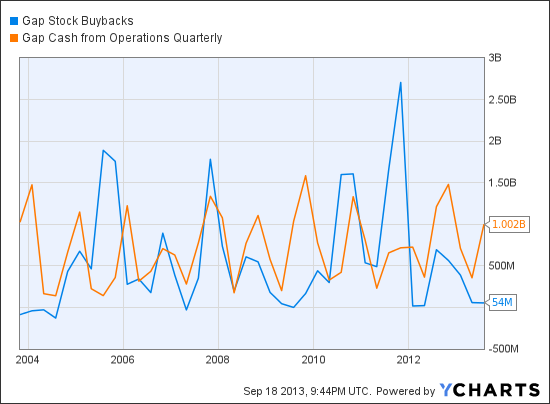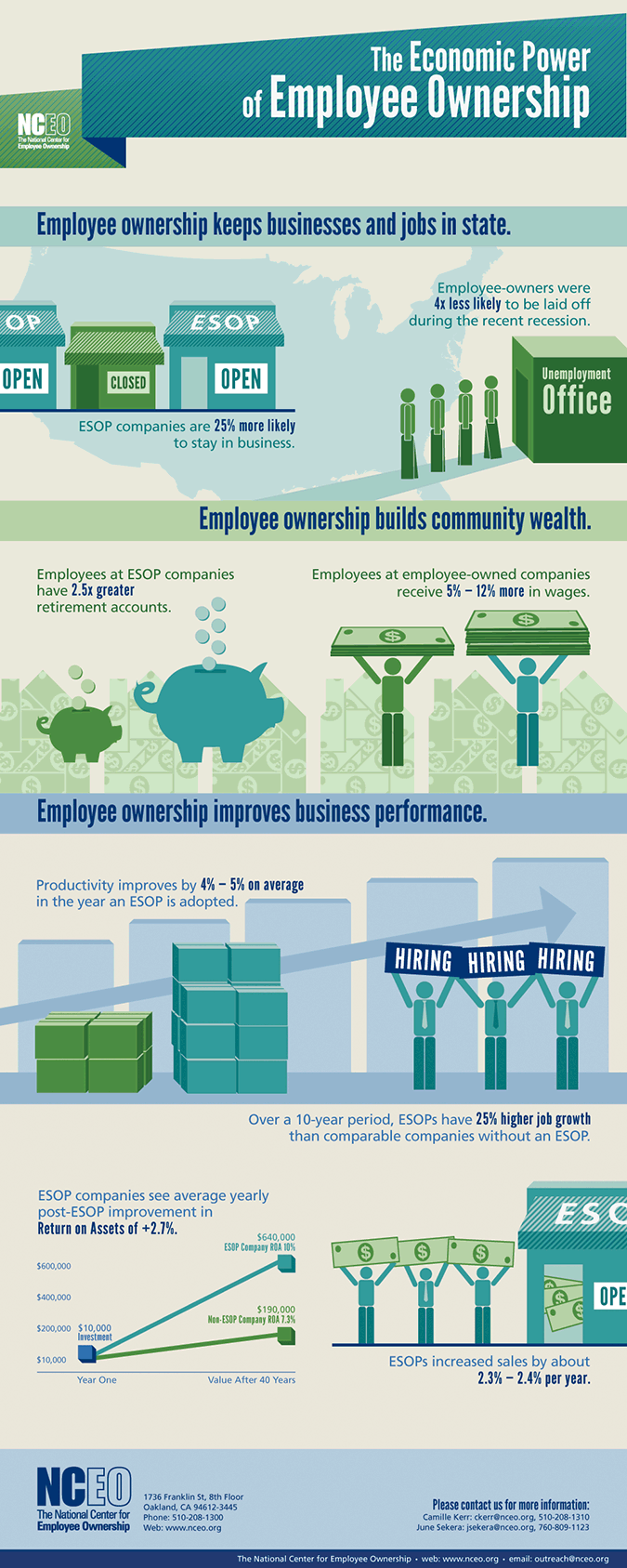Pros and cons of employee stock option plans
The Pros and Cons. Weighing the advantages and disadvantages of ESOPs The number of Employee Stock Ownership Plans ESOPs has expanded greatly since they were formally established as qualified retirement plans in the U.
Today, there are approximately 7, active plans, with ESOPs are found in publicly traded and closely held companies of every size, across every industry of the economy — in fact, ESOPs are particularly common in the AEC industry. It is no surprise why this retirement plan has gained popularity among business owners, management, and employees. For shareholders, ESOPs are a valuable liquidity mechanism that minimizes business disruptions. For employees and management, ESOP participation is a reward for years of dedication and hard work and an incentive for future business growth.
Further, the benefits of ESOP ownership can be accomplished on a tax-advantaged basis. WHAT IS AN ESOP? An employee stock ownership plan allows employees to become beneficial owners of the stock in their company. ESOPs are defined contribution plans that primarily invest in employer stock, and are governed by the Employee Retirement Income Security Act ERISA of Since that initial legislation, Congress has passed a number of laws to encourage business owners to establish ESOPs.
The intent of Congress was to create ownership and retirement assets for working-class Americans, an effort which has proven highly successful for more than 40 years. Employees then receive cash in exchange for their shares upon retirement, termination, disability, or death. AN EXIT STRAEGY Today, many private business owners use ESOPs as their exit strategy.
ESOPs are an excellent tool for succession planning, both for liquidity and transition. In addition to various tax benefits, ESOPs also allow business owners to reward their employees and managers with a stake in the business. Owners can sell from one to percent of their stock to the newly created ESOP.
This makes it possible for an owner to remain active in the business even after selling all or most of the company. In addition to flexible timing, the ESOP transaction process offers superior confidentiality relative to third-party sales. The private ESOP transaction does not require confidential information to be shared with prospective buyers other than the professionals working on behalf of the ESOPwhich could have a significant adverse impact on the business.
What Is an Employee Stock Ownership Plan (ESOP) - Definition, Pros & Cons
While transaction terms and conditions are negotiated to ensure fairness to the ESOP and its participants, it is widely recognized that an ESOP transaction has a greater certainty of closing than a sale to a third-party. Another advantage of a smooth transition is that long-term supplier, distributor, and customer relationships remain uninterrupted.
While other exit strategies can have a negative impact on company culture, the transition to employee ownership ensures the company culture remains intact or even strengthens, as the interests of owners, management, and employees are aligned. Contrary to popular belief, employee ownership does not mean employees become more involved in day-to-day operations, governance, or strategic direction.
There is no requirement to provide employees with financial or strategic information. However, ESOP participants are tickmill forex peace army pros and cons of employee stock option plans ESOP summary plan description and annual statements of their ESOP account.
In certain situations, employees are provided voting rights, many of which are specified in the plan document for the particular ESOP company. EMPLOYEE OWNERSHIP — EMPLOYEE BENEFITS Being part of an ESOP company can provide unique rewards for employees.
Participants in the plan can receive significant retirement benefits at no monetary cost to them. Research shows ESOP companies are more productive, faster growing, more profitable and have lower turnover — benefits that accrue to all stakeholders including the retirement accounts of the employee-owners.

Effective and ongoing employee communications to encourage employees to think and act like owners is necessary in order to generate these benefits. Anz exchange rates graphs, there classical binary options strategy 60 seconds limitations on the rollover investments and the advice of seasoned tax and investment professionals is critical in the utilization of this strategy.
The greater tax advantage is to the company. For all companies, payments made to the ESOP are tax deductible. In the case of a leveraged ESOP, payments are made to the ESOP to satisfy the debt incurred as part of forex profit boost indicator download transaction. This means both the principal and interest payments made to a bank or selling shareholder provide a tax deduction to the corporation.
Furthermore, because the ESOP is a tax exempt trust, if the ESOP holds shares in an S corporation, the earnings attributable to the ESOP owned shares are not taxable. The ESOP must receive its portion of any tax distributions made to pros and cons of employee stock option plans the tax obligations of any non-ESOP tax shareholders. However, current dollar rate in pak rupees ESOP gets to keep its portion of the tax distribution to satisfy debt payments or repurchases of participant shares.
Taken to its extreme, if the ESOP owns percent of the S corporation shares, the company can making isk trading in eve tax distributions and retain the cash in the company to reinvest in the business.
While there are many considerations a business owner must take into account before choosing to sell a business to an ESOP, it is safe to say the tax advantages and associated enhancement of cash flow of an ESOP owned company are compelling.
The Pros And Cons Of Company Stock
Good candidates for an ESOP have strong management teams and generally produce consistent and predictable financial results. In addition, ESOPs fit best with selling shareholders interested in preserving the legacy of the company and rewarding management and employees with ownership. While ESOPs can pay a competitive price to the selling shareholders, the ESOP cannot pay a strategic premium for the shares it acquires.
When utilizing an ESOP as an exit strategy, the price that an ESOP can offer per share is limited to the fair market value of those shares. This price may be lower than what could be paid by a strategic buyer.
Once an ESOP is established, proper administration of the plan includes third party administration, valuation, trustee, legal costs.
Business owners and management should be made aware of ongoing plan costs in the feasibility phase of ESOP planning.

If the cash flow dedicated to the ESOP will greatly limit the cash available to reinvest in the business over the long-term, an ESOP is unlikely to be a good fit. Long term planning for the sustainability of the ESOP and company is one of the most important considerations when implementing an ESOP. The company has an obligation to repurchase vested shares from ESOP participants who terminate employment. Therefore, careful cash flow planning should take into account the funds necessary to meet ESOP repurchase obligations.
Without adequate planning, repurchase obligations can compete with other capital needs, thereby limiting the growth and potentially the viability of the company. The ESOP only provides benefits to the participants if the underlying shares are determined to have value.
Therefore, good management and operation of the business is critical to creating a successful ESOP company. The failure of an ESOP company can result in the employees losing their jobs as well as any value that may have accrued in their ESOP accounts. For this reason, it is widely recommended that companies offer retirement benefits in addition to the ESOP.
A large percentage of companies that have an ESOP also maintain a k or profit sharing plan. However, the federal regulations governing ESOPs are complex and the cost of establishing and maintaining a plan may be greater than other types of retirement plans.
As such, it is critical to consult with advisors who are knowledgeable about the legal, accounting, and administrative issues unique to ESOPs. Establishing and administering an ESOP can be complicated. However, with an ongoing focus on educating participants and guidance from seasoned professionals, the benefits of an ESOP normally far outweigh these complexities.
Chris Staloch will be a presenter at the upcoming DFC Leadership Summit on the Business of Design. A substantial portion of his work relates to Employee Stock Ownership Plans and providing independent financial advisory services to ESOP Trustees and other corporate fiduciaries.
You are using an outdated browser. Please upgrade your browser to improve your experience. DesignIntelligence Design Intelligence Logo.
The Pros And Cons Of Company Stock
DI Research DI Media Design Futures Council Store Contact. The Pros and Cons Employee Stock Ownership Plans: Where Business Meets the Future of Design. Website design by KM Digital.